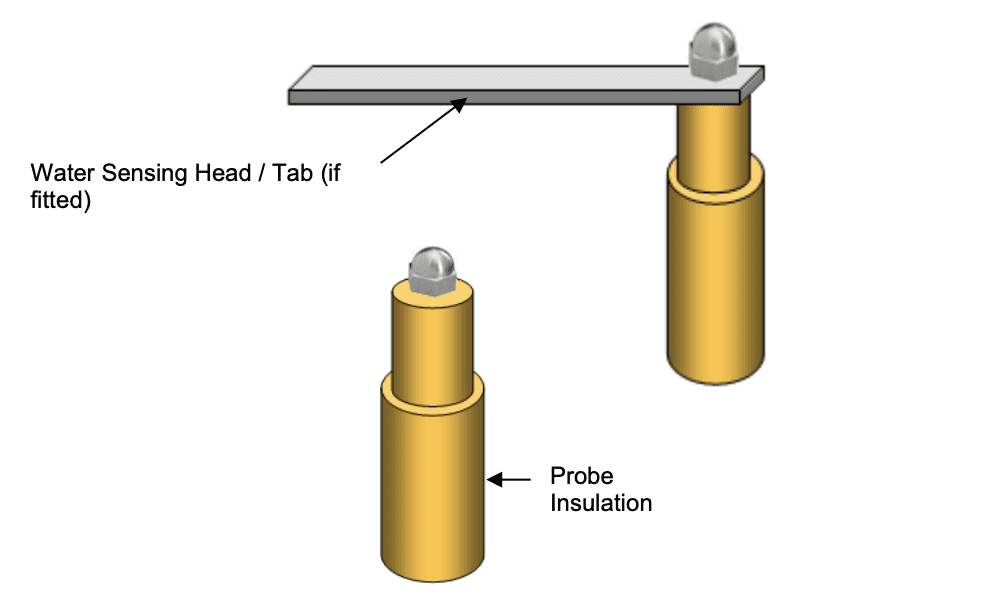Proper Steam Autoclave Care and Feeding is Easy!
By: Priorclave
Categories: Lab Practices Steam Autoclaves

We love to hear from labs around the world about how reliable their Priorclave steam autoclave is. Sometimes reports reach us from the field of our steam autoclaves running for 10, 12, or 13+ years with basically no care or maintenance!
While we’re always pleased to hear tales of one of our brave little autoclaves soldiering on, we definitely do not recommend a “zero maintenance” approach—especially because a few simple steps can so dramatically increase the reliability and lifespan of your autoclave.
According to Lee Oakley, Priorclave’s Sales Director, like just about anything, “The more you care [for] your autoclave, the longer it will last”. But that doesn’t mean a labor-intensive cleaning regimen: a few low-effort interventions consistently result in the longest possible working lifetime for your Priorclave steam autoclave.
Cleaning Best Practices for a Priorclave Steam Autoclave: Embrace Simplicity, Avoid Abrasives
The best way to maintain your steam autoclave is as simple as it gets. Change out the water and clean weekly (or every-other-weekly, if you don’t use your Priorclave every week) by wiping it down with a soft sponge, cloth, or plastic scouring pad treated with soft water or a 1:4 vinegar/water solution.
You can also consider the occasional use of a chlorine-free all-purpose cleaning spray. Avoid ammonia- and chlorine-based cleaners. These could, over time, corrode the vessel and door. And please don’t use steel wool or other abrasives—which you shouldn’t need, because a weekly wipe down usually prevents scale and gunk buildup (regardless of your load types, water composition, or water quality).
Sometimes things don’t go as planned, though, and the cleaning schedule goes neglected for a time. If limescale builds up in your chamber, you can remove it with CLR or similar hardware/grocery store products. Pro-tip: if you can use it in your coffee pot, you can use it in your steam autoclave.
Troubleshooting “F004 Faults”
Oh no! The dreaded F004 Fault.
But wait: you’ve got this!
The “F004” error is the most common, and the most easily remedied. It’s the “low water” warning.
First, check the water level. On manual-fill autoclaves, you may need to top off the water in the reservoir. In autofill autoclaves, the reservoir may not have filled completely because the door was shut too quickly (like a top-loading washing machine, it’s best to let the autoclave fill with the door open, to prevent mishaps).
Next, check your water quality. Priorclaves rely on the conductivity of the water in order to sense the water level—which is why we recommend softened water. (Find more information in our Water Quality document.)
But the most common cause of an F004 Fault is dirty probes in the autoclave chamber. These probes (shown below) sense the water level. Regular cleaning should prevent them getting gunked up, but if maintenance has been irregular or you’re cleaning after a long period of time or a spillage, you may need to use hot water, mild soap, and vinegar or CLR to clean the probes. Be sure to thoroughly rinse out the chamber afterwards to prevent electrolytes from concentrating in the water reservoir over time.

diagram of standard steam autoclave water sensing probes
Once you’ve corrected water levels, quality, and/or vessel/probe cleanliness, you should be able to cancel the fault messages. Just turn the setting lock key switch to the enable position (position 3). If a key switch is not fitted, you can just press the reset button.
If you’re still having problems, don’t hesitate to contact us for a helping hand.

